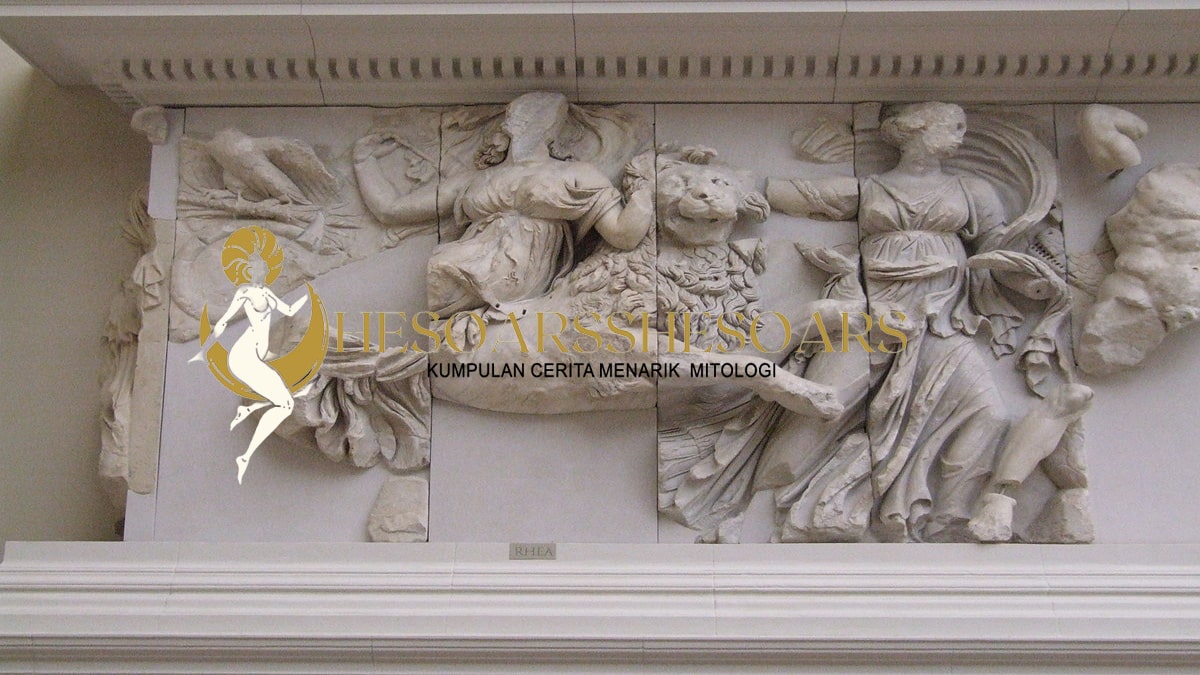Greek mythology is replete with fascinating and often terrifying creatures, and one of the most iconic is Kerberos, the three-headed dog guarding the gates of the Underworld. In this article, we will delve into the myth of Cerberus, exploring its origin, characteristics, and significance in Greek mythology.
Origin of Kerberos
Cerberus was born from the union of the monstrous Typhon and Echidna, a half-woman, half-snake creature often referred to as the “Mother of All Monsters.” Typhon and Echidna were notorious for producing a host of legendary monsters, and Cerberus was among their most infamous offspring.
The Appearance of Cerberus
Cerberus was. Described as a monstrous canine with three heads and a serpent for a tail. Each of its. Heads had a different. Characteristic: one was typically portrayed as having a lion’s head, another a dog’s head. And the third a wolf’s head. This monstrous combination of heads made Cerberus a truly fearsome sight.
Aside from its three heads, Cerberus was often depicted with a mane of snakes sprouting from its neck and a serpent for a tail. Its body was massive and muscular, emphasizing its formidable strength as the guardian of the Underworld.
The Role of Cerberus
Cerberus played a crucial role in Greek mythology as the guardian of the entrance to the Underworld, a realm ruled by Hades, the god of the dead. His task was to prevent the living from entering the land of the dead and to ensure that the souls of the deceased did not escape. Cerberus was an impassable barrier, and no one could enter or exit the Underworld without Hades’ permission.
Heracles’ Twelfth Labor: Capturing Cerberus
One of the most well-known tales involving Cerberus is the story of Heracles’ twelfth labor. King Eurystheus had imposed upon Heracles twelve seemingly impossible tasks as punishment for his past deeds. The twelfth task was to capture Cerberus and bring him to the surface world, a task that appeared insurmountable due to the guardian dog’s fearsome reputation.
Heracles, known for his immense strength and bravery, ventured into the Underworld to confront Cerberus. After a fierce struggle, Heracles managed to subdue the three-headed beast and bring him to the surface. The encounter with Heracles highlighted the incredible strength and courage required to face Cerberus, emphasizing the dog’s formidable nature.
Symbolism of Cerberus
Cerberus holds several symbolic meanings in Greek mythology:
- Guardianship: Cerberus symbolizes the guardianship of the boundary between the world of the living and the realm of the dead. His presence serves as a reminder of the divide between life and death and the importance of respecting that boundary.
- Fear of Death: The terrifying appearance of Cerberus reflects the ancient Greeks’ fear of death and the unknown. His three heads and serpentine features are meant to evoke fear and awe, emphasizing the mystery of the afterlife.
- Strength and Power: Cerberus represents immense strength and power, as evidenced by his role as a guardian. His capture by Heracles underscores the hero’s unparalleled strength and determination.
- Transition: As a creature that dwells at the entrance to the Underworld, Cerberus also symbolizes the transition from life to death. He marks the threshold that souls must cross to enter the realm of the dead.
- Chaos and Order: Cerberus is a product of the chaos and disorder often associated with monsters in Greek mythology. His existence serves as a reminder of the constant struggle between order and chaos in the world.
Legacy of Kerberos
Cerberus has left an indelible mark on popular culture and has made appearances in various forms of literature, art, and media. His role as a formidable guardian and symbol of the afterlife continues to capture the imagination of people worldwide.
In literature, Cerberus has appeared in works ranging from ancient Greek plays to modern novels and comics. His fearsome image has also been featured in countless artistic representations, from ancient Greek pottery to contemporary paintings and sculptures.
In popular media, Cerberus has made appearances in movies, video games, and television shows. His portrayal often emphasizes his role as a guardian, with characters facing great challenges to overcome him.
Conclusion Kerberos
Cerberus. The three-headed guardian of the Underworld in Greek mythology, is a creature both feared and respected. His role as the keeper of the boundary between the living and the dead underscores the importance of the afterlife in ancient Greek culture. As a symbol of strength, fear, and transition, Cerberus continues to intrigue and inspire fascination in the realms of literature, art, and popular culture, cementing his place as one of the most iconic figures in Greek mythology.




